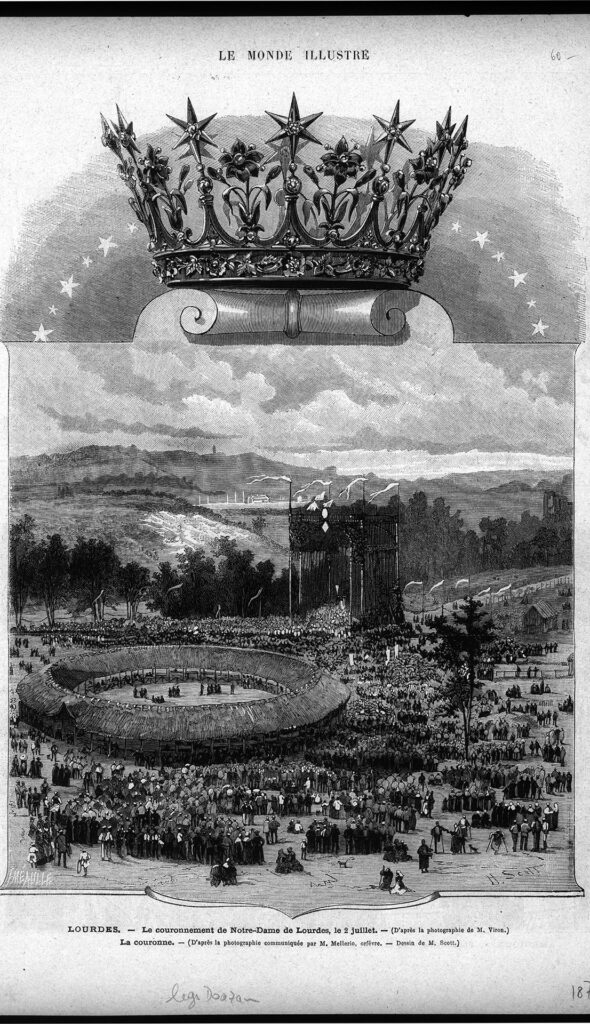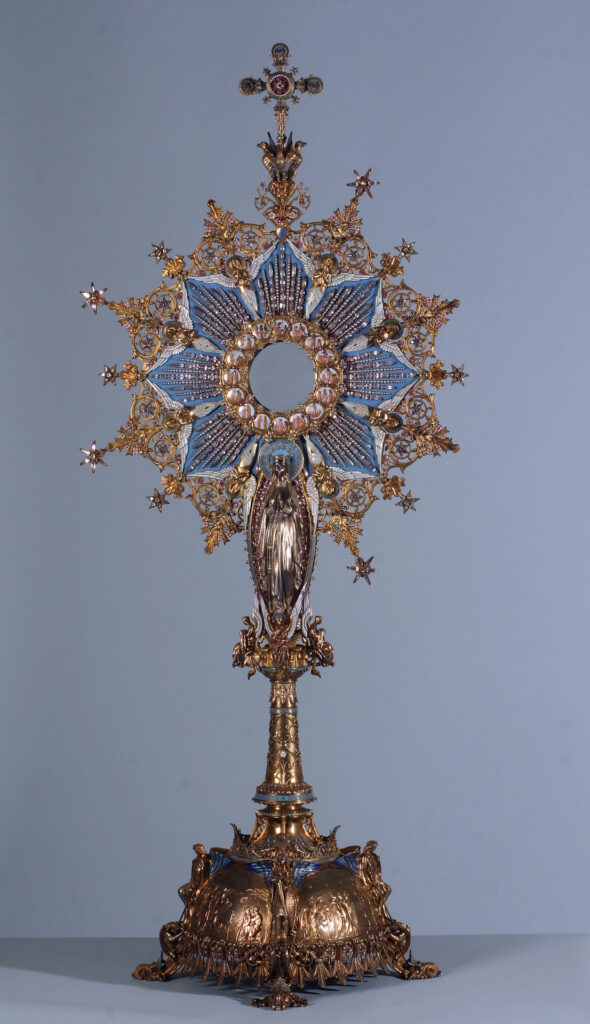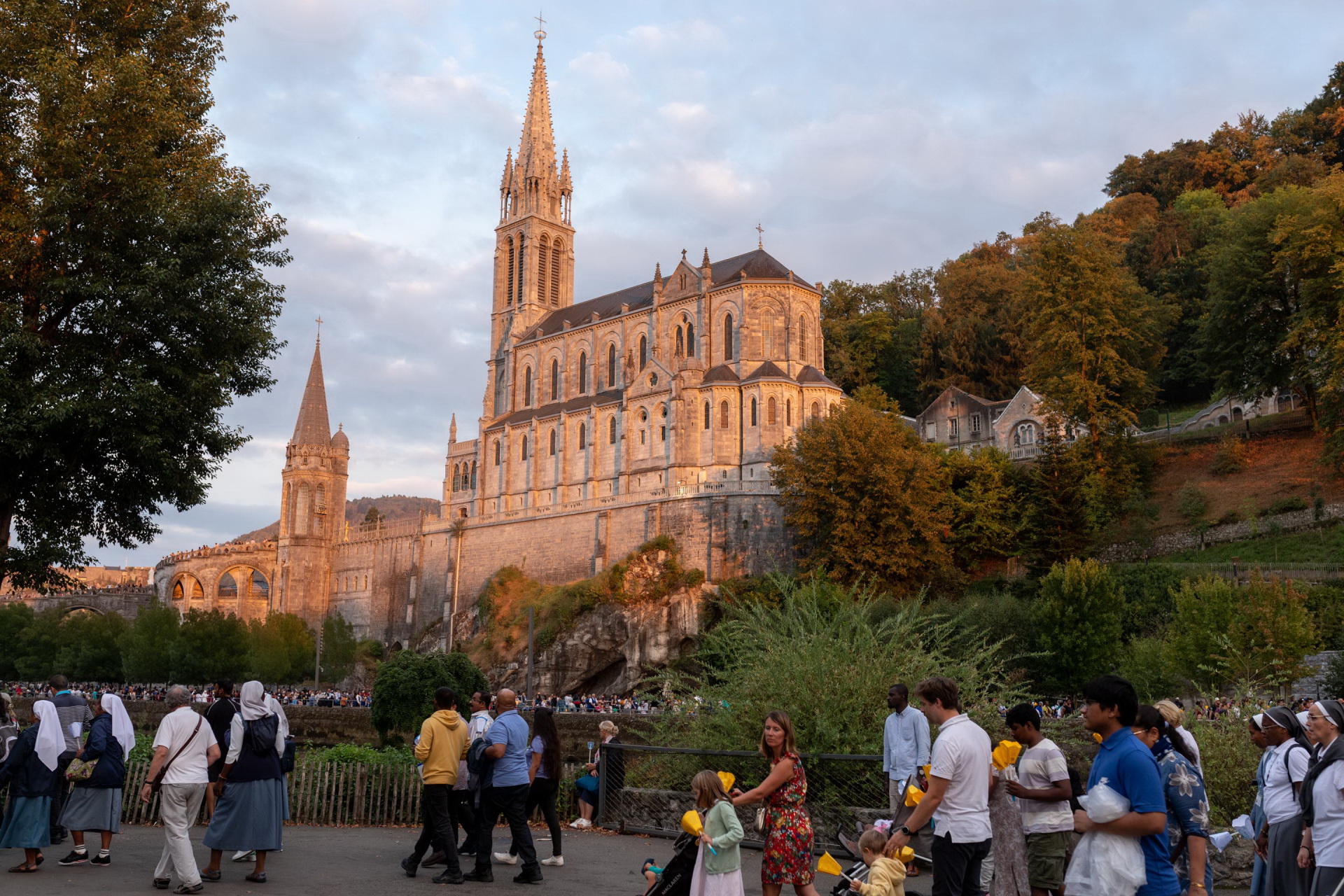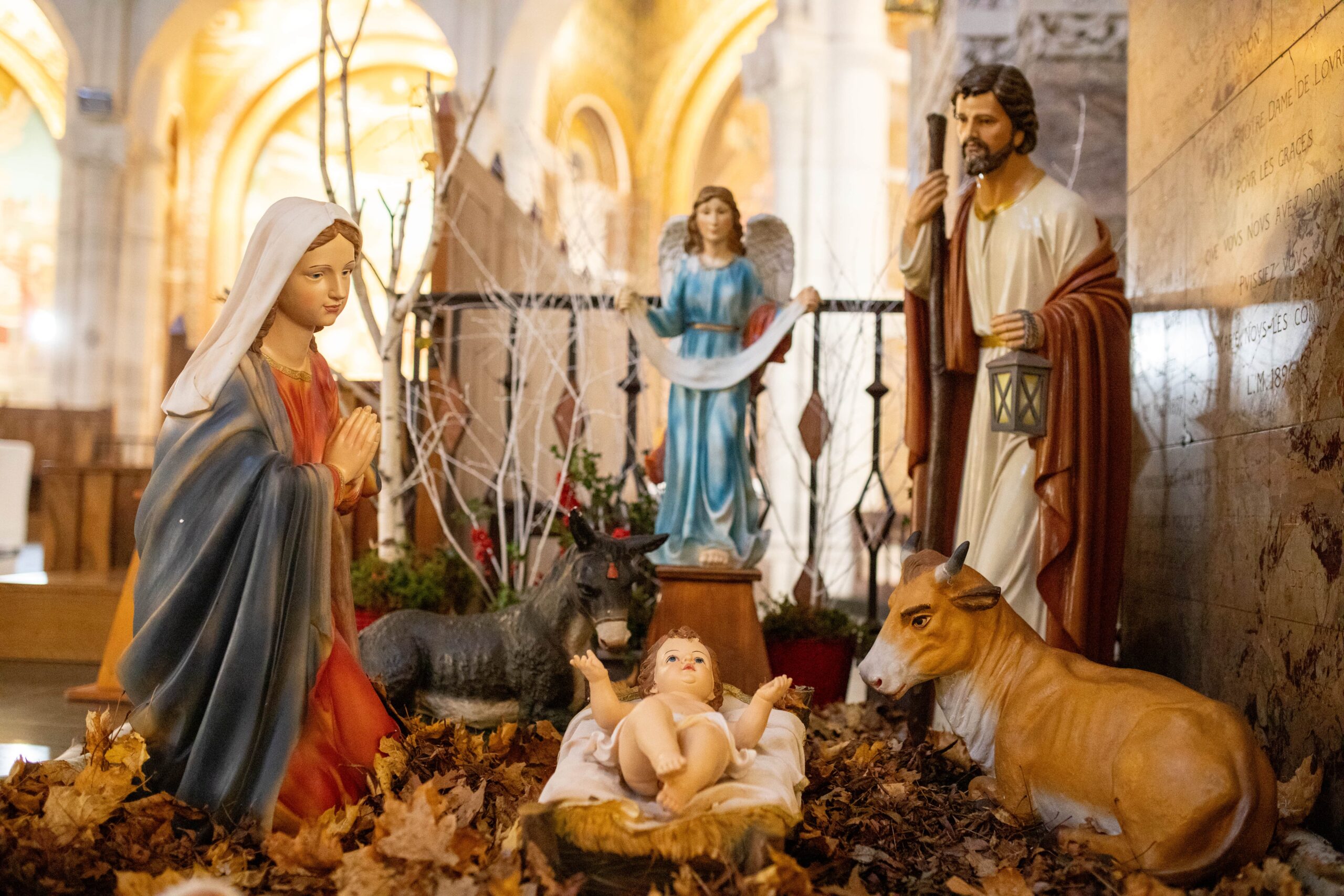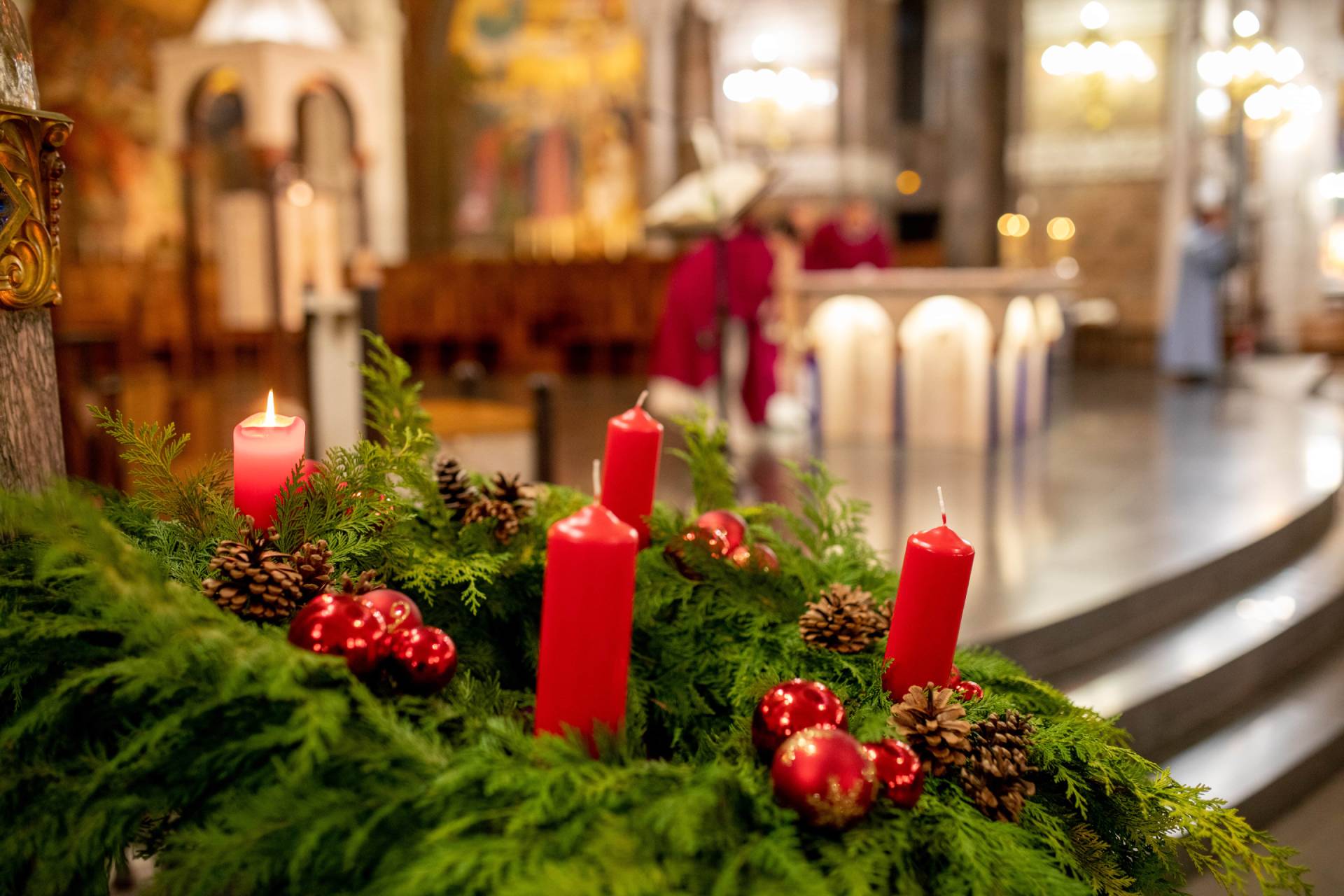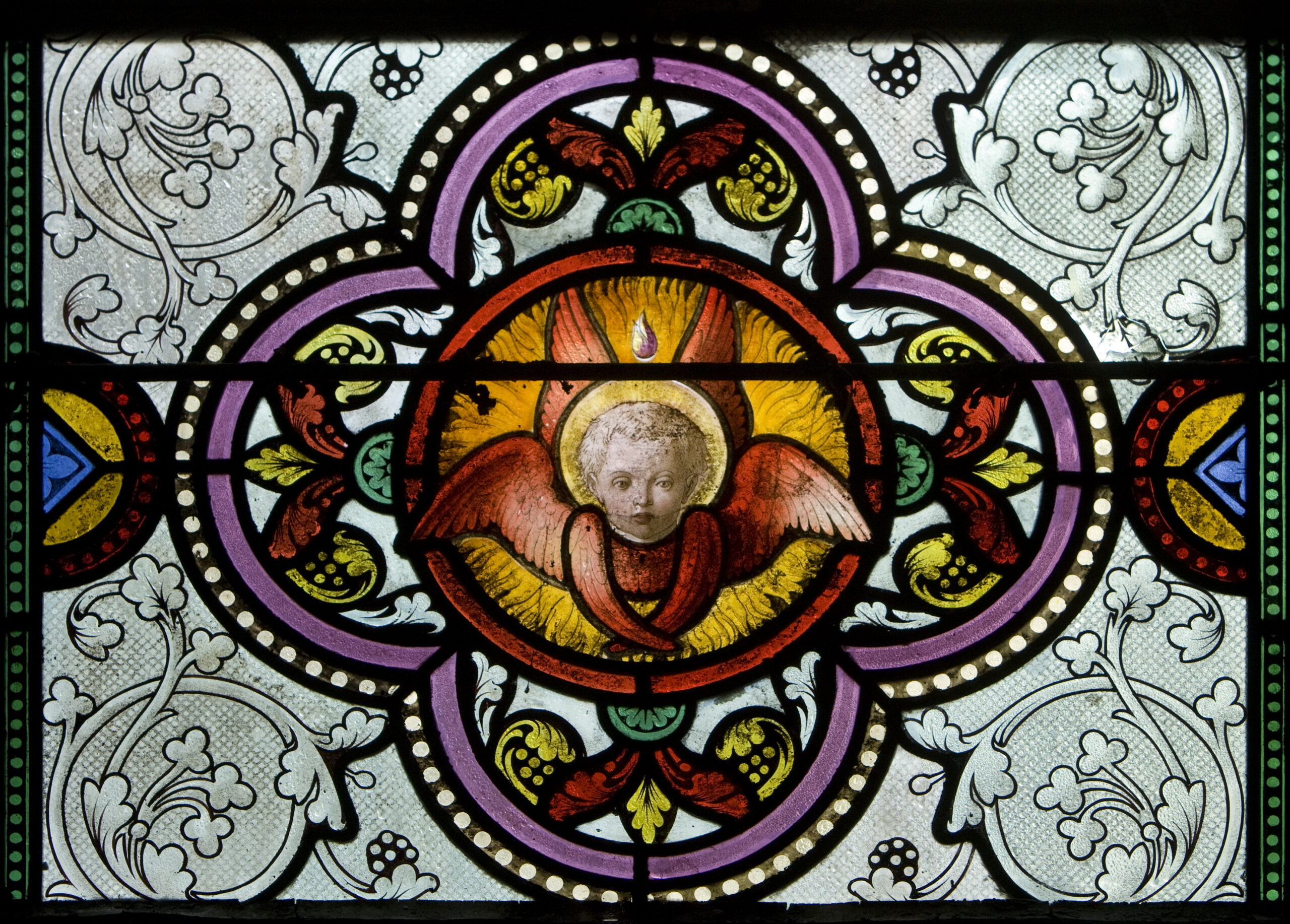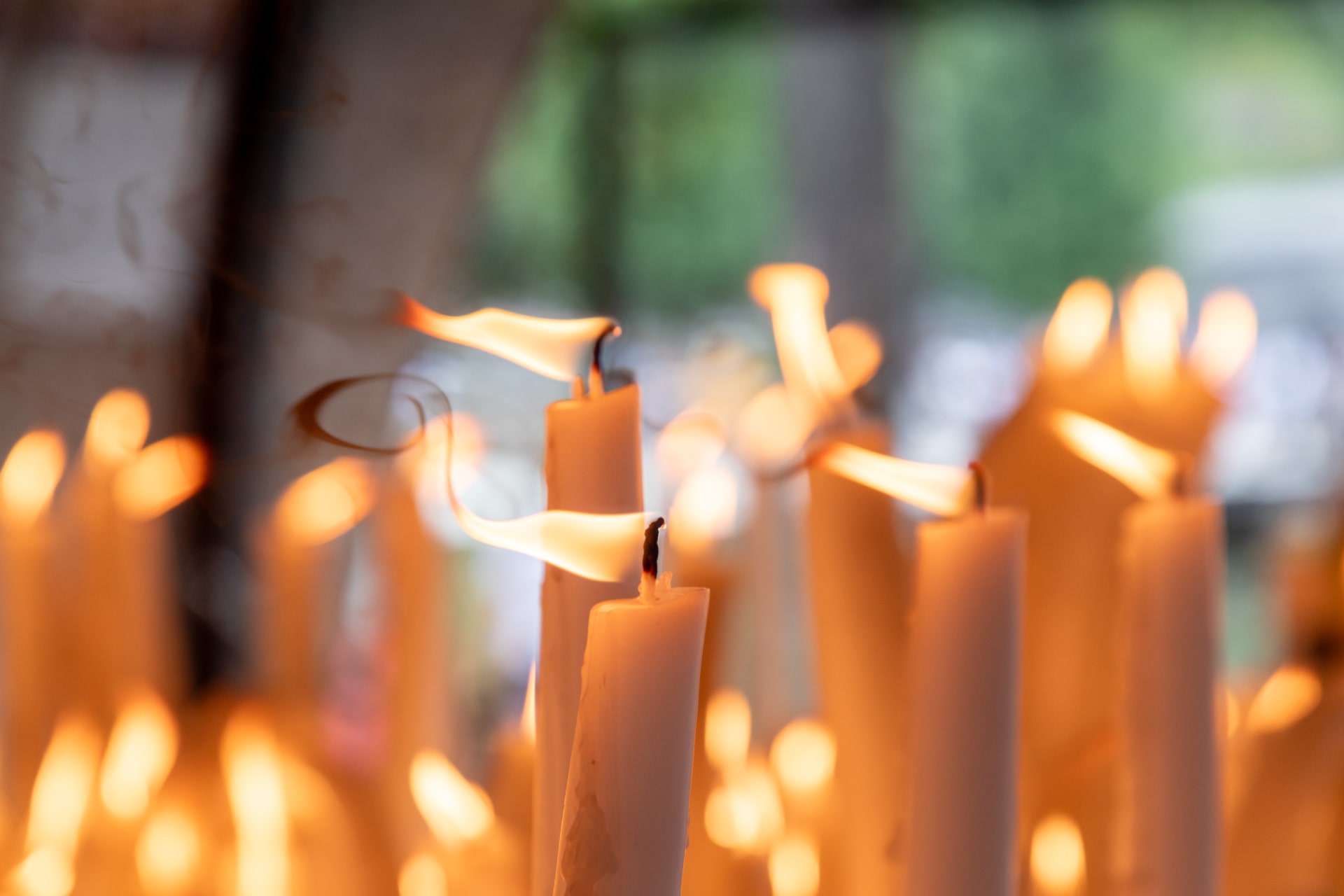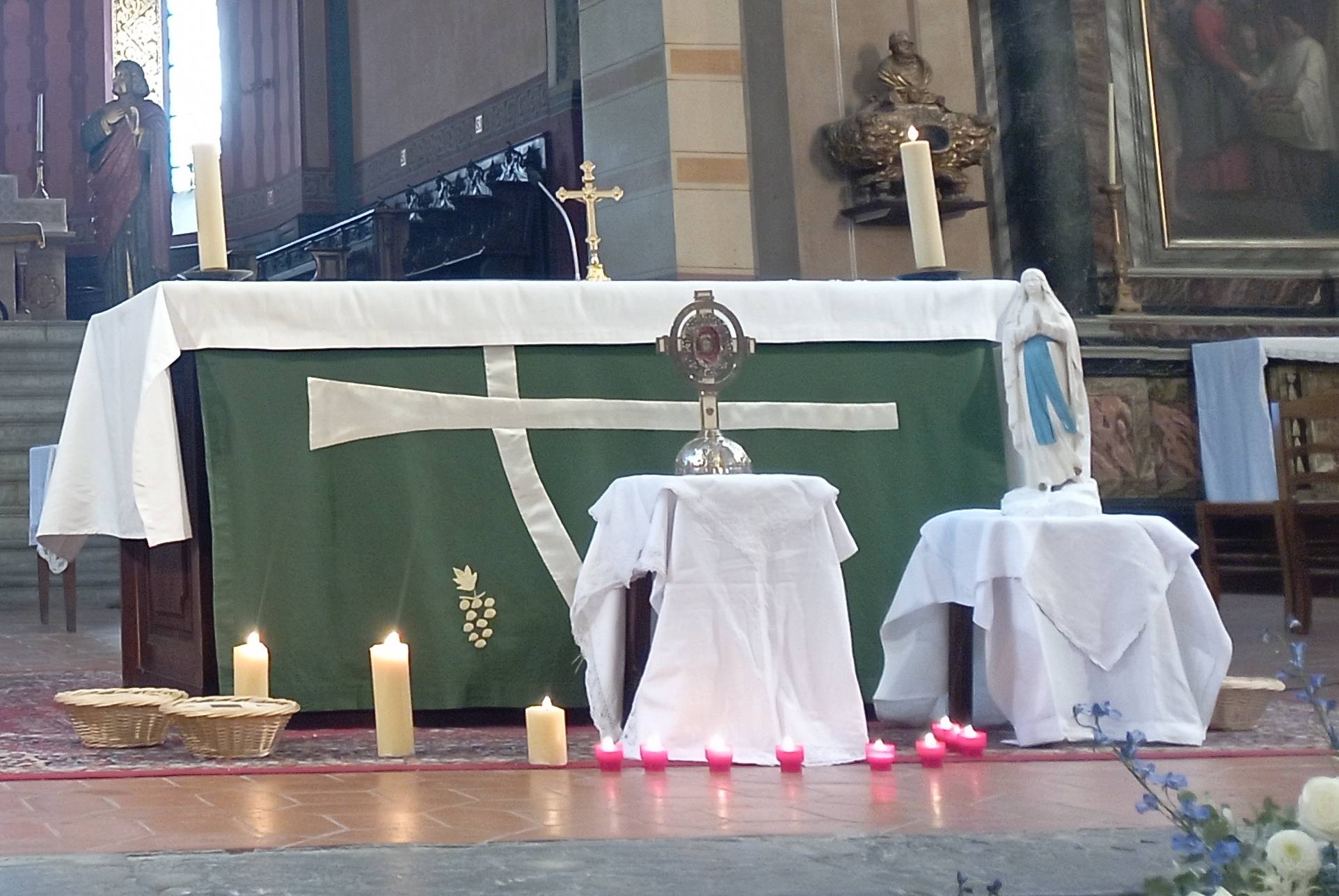This year when the pilgrims of Lourdes are meditating on the words of the Virgin: “Let us build a chapel here”, the Sanctuary will be commemorating the dedication of the Immaculate Conception Basilica on Sunday 2nd July.
The Sanctuary has celebrated the dedication of the other basilicas, too: 25th March, the dedication of the Basilica of Saint Pius X; 19th May, dedication of the Crypt; and on 6th October will be the dedication of the Rosary Basilica.
On 2nd July, the Sanctuary will be commemorating the dedication of the Immaculate Conception Basilica during the Torchlight Marian procession. The procession will be the focus of attention from 7th to 9th July, for the celebration of the 160th anniversary of the torchlight processions with the Capuchin Friars Minor.
History
On 2nd March 1858, during the thirteenth apparition, the Virgin asked Bernadette Soubirous to, “Go and tell the priests to build a chapel here.” She repeated this entreaty on 3rd and 4th March. Bernadette passed the request on to the parish priest of Lourdes. Father Peyramale. At first reluctant, he was convinced when Bernadette revealed to him, on 25th March, the name of the “lady” who had told her, “I am the Immaculate Conception”, an expression that the young girl, ignorant and almost illiterate, could not have invented.
The Immaculate Conception Basilica, also called the Upper Basilica, stands 51 metres long, 21 meters wide and 19 metres high. It includes a nave divided into nine equal bays. In the ogival style of the 13th century, it was blessed on 15th August 1871, and consecrated in July 1876. In 1908, it was framed by two bell-towers, which connect it to the Rosary Basilica.
The stained glass windows of the Immaculate Conception Basilica tell the story of the Virgin Mary up to the proclamation of the dogma of the Immaculate Conception by Pope Pius IX in 1854 and the Apparitions of Lourdes in 1858.
This same Pius IX is represented on a roundel above the entrance to the Crypt.
What is a dedication?
A place of worship must be recognised for what it is: it is neither a performance hall, nor a museum, nor a building. It is a religious construction, a sign of transcendence in our secularised society.
By consecrating, through particular rites, a material construction made by human hands, the dedication expresses the very mystery of the Church, God’s temple built of living stones. The word “church”, whose etymology means “assembly”, is then attributed to the building in which the Christian community gathers to hear the word of God, pray together, perform the sacraments, and celebrate the Eucharist.
The dedication gives the building in question its purpose and defines its nature. Celebrating the dedication of a church is perhaps the most complete and significant of liturgical ceremonies.
